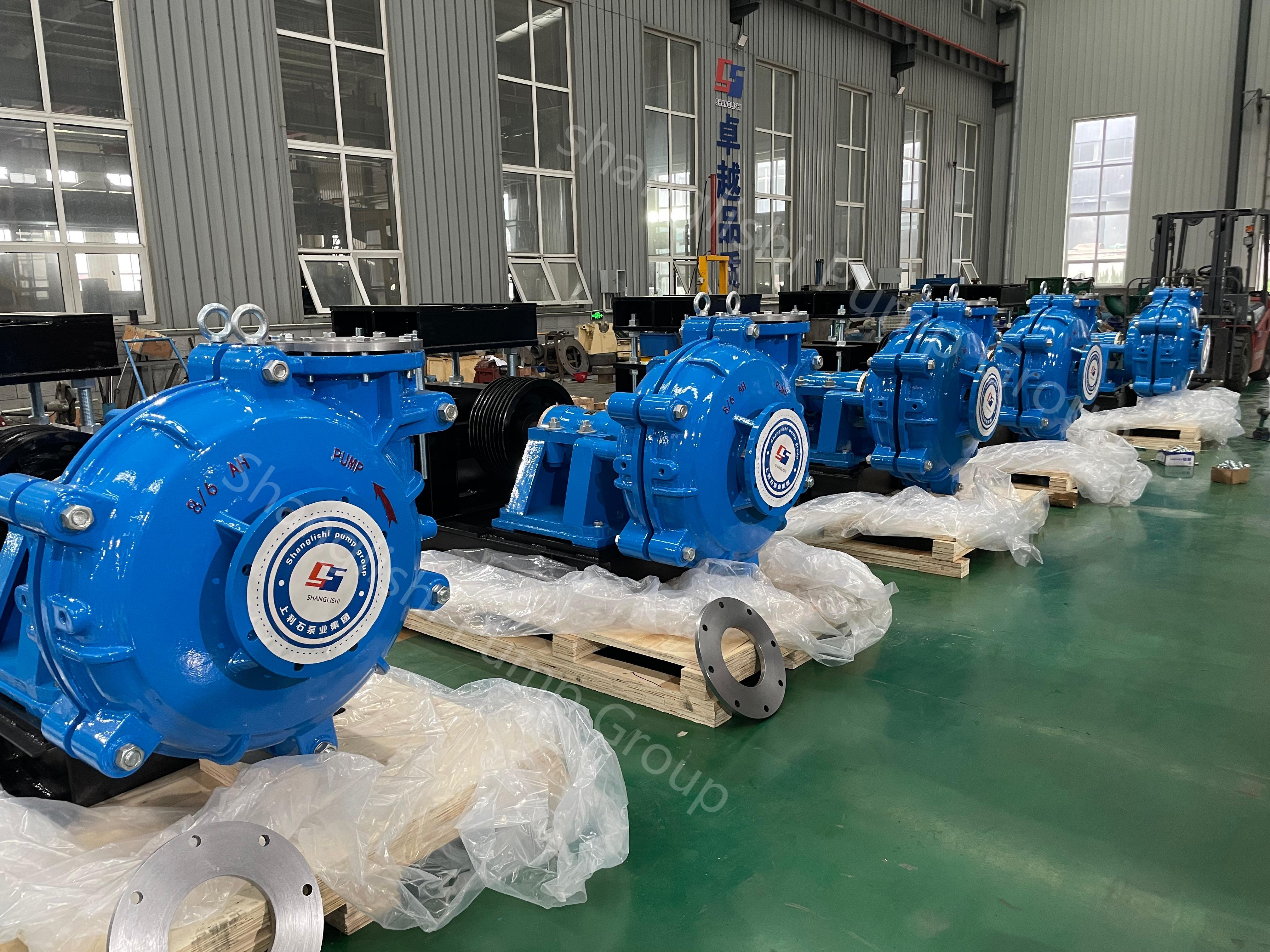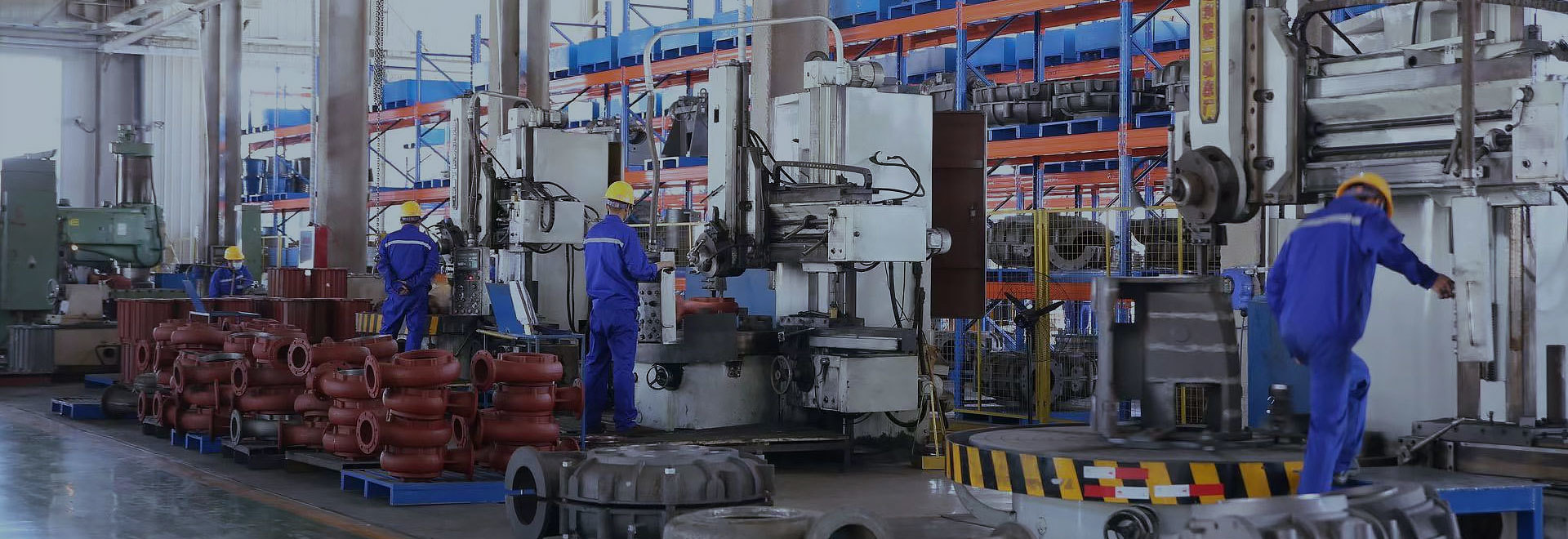Slurry Pumps: Key Considerations for Sizing and Selecting
Published:
Nov 01,2024
To ensure that the slurry pump avoids damage during startup, the slurry pump unit should be inspected before starting.

The pre-start inspection steps for the slurry pump are important operations to ensure that the pump avoids damage during startup. The slurry pump must be checked according to the following steps before starting; otherwise, it is easy to cause pump failure.
Before starting the slurry pump, the entire unit should be checked according to the following steps.
1. The slurry pump should be placed on a solid foundation to bear the full weight of the pump and eliminate vibrations. All anchor bolts should be tightened.
2. The pipelines and valves should be supported separately. There should be sealing gaskets at the pump flange, and when tightening the connecting bolts, it should be noted that some pumps have metal liners that protrude above the flange. In this case, the bolts should not be overly tightened to avoid damaging the sealing gasket.
3. Manually rotate the shaft in the direction of the pump rotation; the shaft should be able to drive the impeller without friction. If there is friction, the impeller clearance should be adjusted.

4. Check the motor rotation direction to ensure that the pump rotates in the direction indicated by the arrow on the pump body. Note that the pump is not allowed to rotate in reverse; otherwise, the impeller threads may disengage, causing damage to the pump.
5. In direct drive, the pump shaft and motor shaft should be precisely aligned. In belt drive, the pump shaft and motor shaft should be parallel, and the pulley position should be adjusted to make it perpendicular to the groove to avoid severe vibrations and wear.
6. A removable short pipe should be installed at the suction pipe of the slurry pump, and its length should be sufficient to remove the pump cover and replace wear parts, facilitating pump maintenance.
7. Shaft seal inspection: Due to the different sealing structures of the auxiliary impeller shaft seal of the slurry pump, when the pressure relief cover is equipped with an oil cup, it is necessary to add grease through the oil cup. Calcium-sodium based grease is recommended.
Keyword:
Slurry Pump,Use of Slurry Pumps,Daily maintenance of slurry pumps
SHANGLISHI PUMP GROUP
Department Director: Ms. Wang
Tel: +86-311-82725800/82725629
Email: admin@sls-pump.com
WhatsApp: +86 15830676372
Mobile Website

Mobile Website
Copyright © 2022 SHANGLISHI PUMP GROUP


